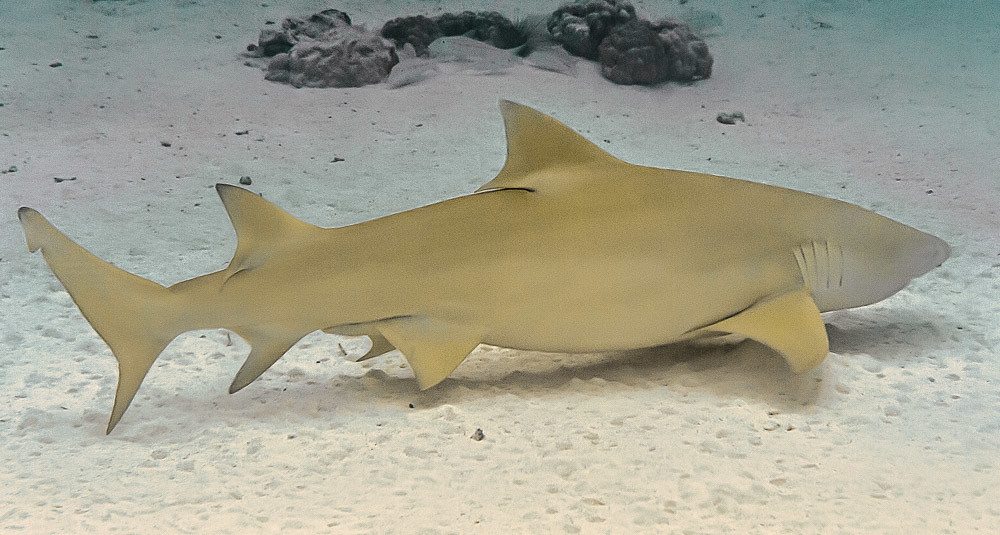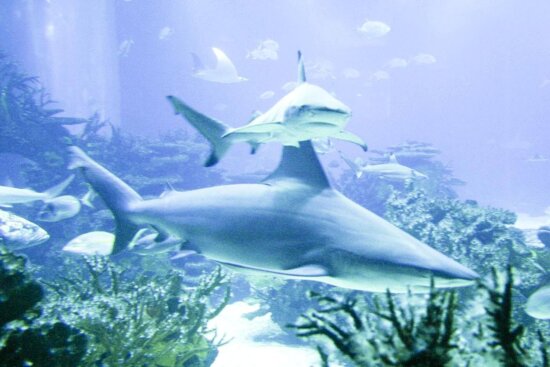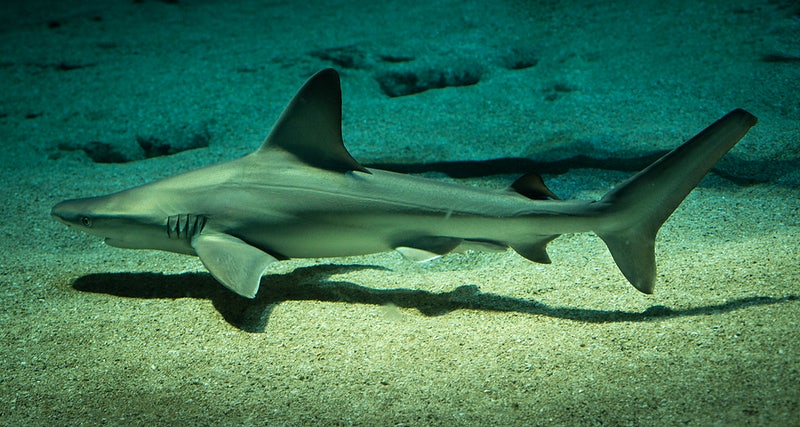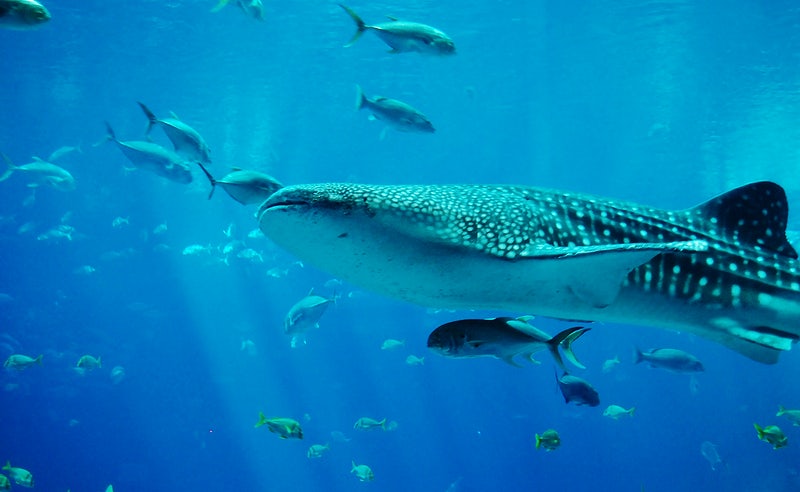When we venture into the captivating realm of marine life, few creatures captivate our fascination as deeply as dolphins. These intelligent and social beings capture our imagination with their graceful movements and captivating acrobatics. But beyond their elegant flips and synchronized leaps lies a world of intriguing family dynamics. In this article, we will delve into the enchanting world of dolphin family life, exploring their strategies for reproduction and their remarkable parenting behaviors that contribute to the success and survival of their species.
The Family Life of Dolphins: Reproduction and Parenting Traits
Dolphins, much like many other marine mammals, engage in an artful symphony when it comes to reproduction. While different dolphin species exhibit variations, certain common threads emerge in their approaches to reproduction, such as:
1: Courtship Rituals
Dolphins are known for their elaborate courtship and mating rituals. These rituals often involve synchronized swimming, playful interactions, and the use of vocalizations. Male dolphins may engage in a friendly competition to win the affection of a female, displaying their strength and agility to persuade a potential mate.
2: Estrus and Ovulation
Female dolphins experience estrus, a period of sensitive receptiveness to mating, closely linked to their ovulation. Unlike some mammals, female dolphins don’t adhere to a distinct estrus cycle. Instead, their fertility is more subtle and less predictable, a trait that proves advantageous in the ever-changing marine environment where conditions can shift rapidly.
3: Extended Reproductive Phase
Dolphins showcase a fascinating reproductive trait – the ability to reproduce over a long stretch of their lives. Unlike many land-based mammals, which have a narrower reproductive window, female dolphins can continue giving birth well into their later years. This unique trait bolsters the survival and adaptability of the species.
4: Seasonal Reproduction
Many dolphin species adhere to seasonal breeding patterns. This synchronized approach increases the chances of offspring survival by ensuring that newborns arrive when food availability is at its peak. For instance, the beloved bottlenose dolphins often give birth during spring or summer when fish populations are abundant.
5: Collaborative Care
In some dolphin species, the birth process involves support from other females within the group. This cooperative care lessens the burden on the mother and protects the vulnerable newborn. Female dolphins have been observed assisting in the delivery, aiding the mother in keeping the newborn at the water’s surface for its first breaths.
Parenting Traits of Dolphins
Dolphins are renowned not only for their intricate social structures but also for their strong family bonds. These qualities extend to their parenting behaviors, offering insights into their nurturing nature and the challenges they navigate in the vast ocean world.
1: Maternal Dedication
Mother dolphins invest substantial time and effort in raising their young. After giving birth, a mother dolphin maintains close contact with her calf, guiding it to the water’s surface for breaths and helping it navigate its surroundings. This maternal dedication is crucial during the initial, vulnerable stages of a calf’s life.
2: Allomothering
Allomothering, a practice where individuals other than the biological mother participate in infant care, is prevalent among dolphins. This behavior reinforces social bonds within the group and exposes young calves to diverse caregiving styles, promoting their overall development.
3: Milk Nourishment
Similar to other mammals, dolphins produce milk to nourish their offspring. Dolphin milk is rich in fats and nutrients, offering essential sustenance to the growing calf. Interestingly, the consistency of dolphin milk is thick, preventing it from dispersing in the water and ensuring efficient consumption by the calf.
4: Playful Learning
As calves mature, they engage in playful behaviors that serve as both social interactions and valuable learning opportunities. Playing activities allow young dolphins to improve their swimming skills, practice hunting techniques, and establish vital social connections within their group, contributing to their cognitive growth and readiness for ocean life.
5: Pod Support
Dolphin parenting transcends the mother-calf relationship. Pods create a supportive environment for the young members. Older siblings, aunts, and even unrelated dolphins often participate in caring for and educating the younger ones. This cooperative effort enhances the chances of survival for young dolphins, highlighting the strong community bonds within the pod.
Final Thought
The family life of dolphins offers a captivating glimpse into the intricate world of these exceptional marine mammals – a world defined by intricate relationships, astounding adaptations, and an unwavering commitment to securing the future of their young. Their unique rituals of reproduction, cooperative parenting, and intricate social structures showcase their adaptability, social complexity, and the astonishing variety of life on our planet.
As our understanding of dolphin family dynamics grows, so does our comprehension of the delicate equilibrium that sustains our oceans. This knowledge reinforces the need to safeguard these incredible creatures for the generations that follow.







